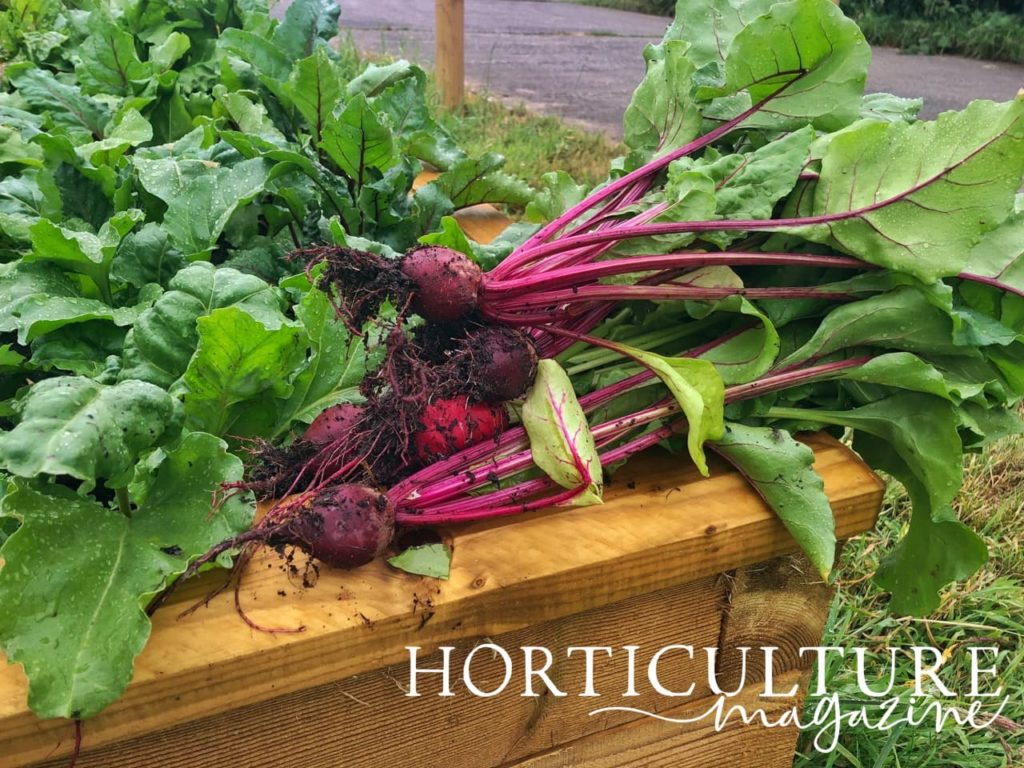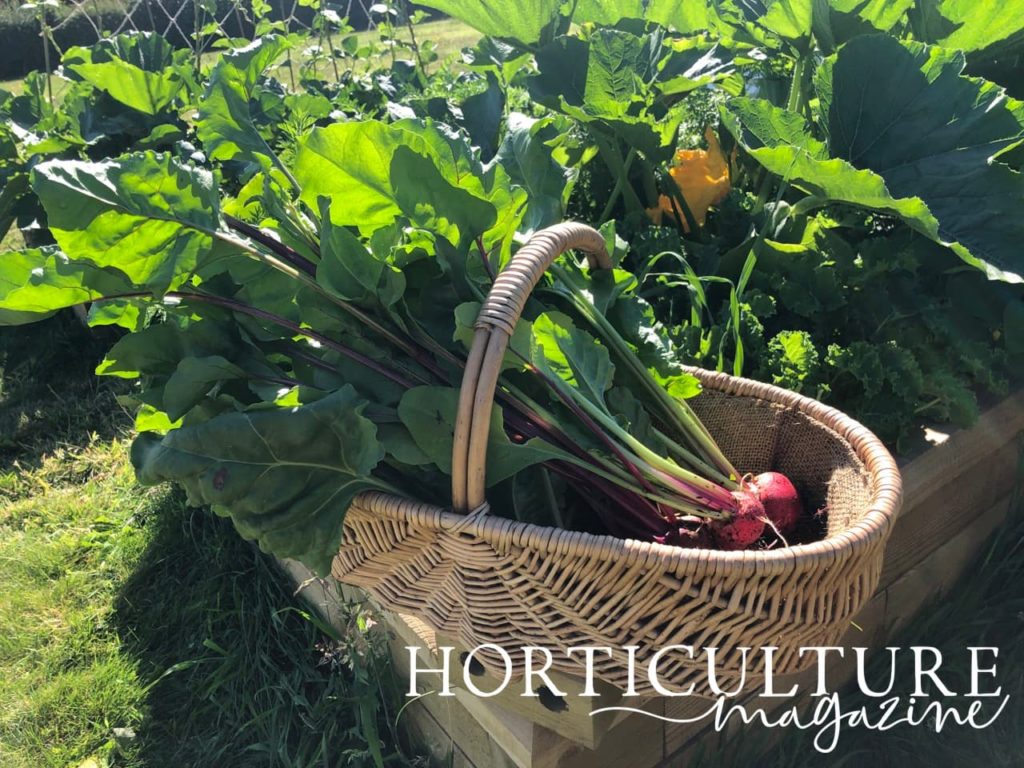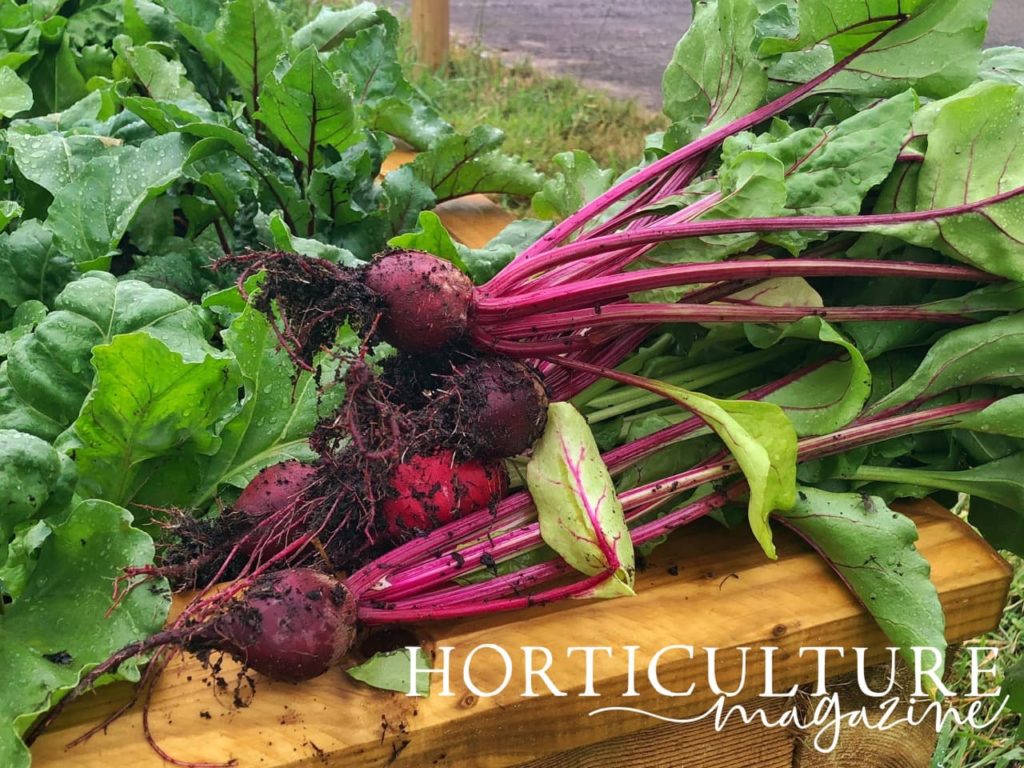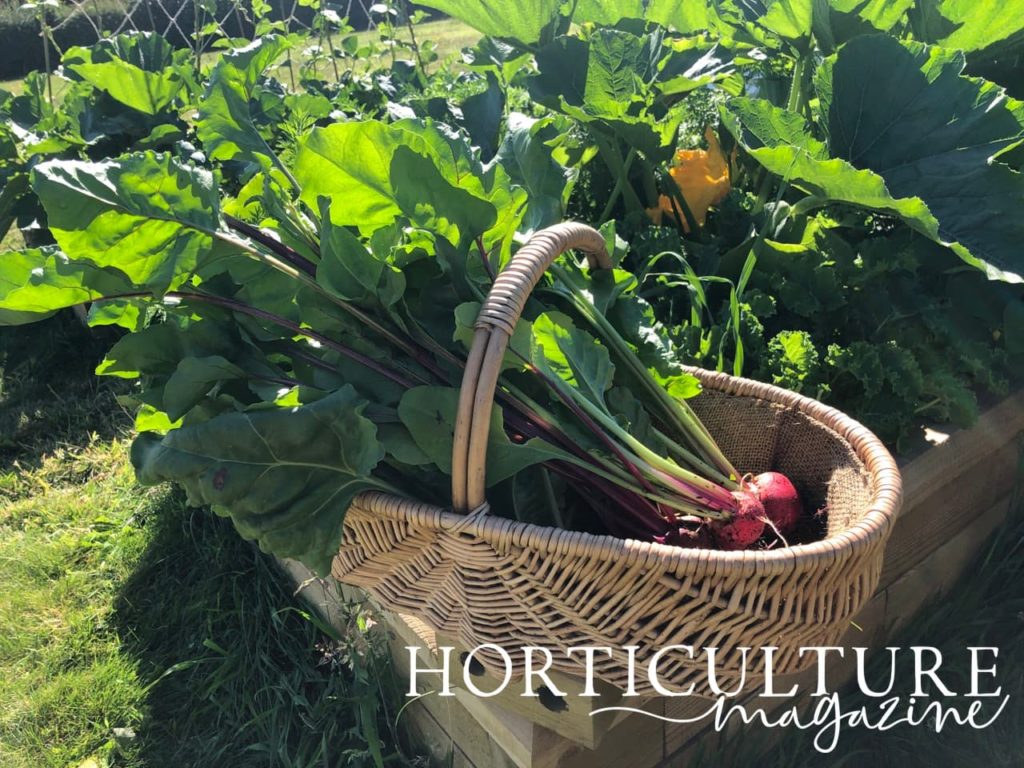veggie > BEETROOT > HARVESTING
IN THIS templet
BEETROOT GUIDES

Container GrowingHarvestingSowing
Beta vulgaris rubra is a wonderful crop for home produce and a beetroot harvest can be very rewarding .
But how and when is it harvested ?

Beetroot is a crop which can declare oneself a mass – if you know what yields are offered by these plant , when to obtain those fruit and how they can be used .
Below is some info to facilitate you understand how to reap your beetroot and the various stage at which you could do so .
How To Harvest Beetroot
Many beetroot can merely be harvest by apprehend the plants where the leaves fill the top of the solution , and move up them from the grunge .
While carrot or parsnips , their longer roots can often give off below the soil if you attempt to tug them up by hand , but with round beetroots , this is not usually a problem unless the soil is heavy or rather press .
If you are receive trouble lifting the beetroots by hand , water a Clarence Day or so before you harvest may aid .

you could also simply ease them out of the soil as you would carrot or other root crop with a garden fork .
infix the branching into the soil close to ( but not too close to ) the beetroots and lever the soil and beetroot upwards .
The fork will loose the soil and you’re able to then merely face-lift the Beta vulgaris rubra from the ground .

If you be after to use the beetroots right away , you could sway or knock off excess soil , then give them a wash .
If you project on store your beetroots for recent use , then it is best not to wash them .
Simply knock off loose dirt and localise them in sand or sawdust in a root basement or other suitable memory board quad , lave them only when you are about to use them .

When To Harvest Beetroot
Understanding what you may harvest and when is of import in give the most of your garden .
Beetroots are interesting because they can leave harvests of both leaves and roots , and can be harvested at a series of stages and over a fairly tenacious period .
Harvesting Beetroot Leaves
Before the roots of your beetroots are quick to harvest , you may snip off the occasional leaf to apply .
Just check that that you take only individual leaves , and take these slenderly , so that you do not overly compromise the growth of the root , which is the chief harvesting of these plants .
Harvesting Baby Beetroot
Beta vulgaris rubra is a craw that can be reap over a relatively long full stop .
When exactly you will harvest your beetroot will depend on where you live , and when your harvest was planted .
The important matter to understand is that beet do not need to be full mature to be harvested .

In fact , they can often taste much well when harvested while they are still rather minuscule .
The first metre that you might reap beetroots is while thinning dustup .
You might remove some smaller beet to reserve the remaining plants to bear on growing to produce larger roots .

“ There is a tradition for harvesting every other root at golf testicle sizing , and the rest at cricket ball size , assuming this is the shape of your variety , ” shares Master Horticulturist Peter Lickorish .
These little baby Beta vulgaris rubra might not have reached their full potentiality in terms of size , but for me , these little Beta vulgaris rubra are the tasty beet of all .
They are great grated into coleslaws or salads , but can be used in a cooking stove of different ways .

These child beetroot will be around the size of a golf ball , or perhaps a petty smaller .
Harvesting Mature Beetroot
Most beetroots however , are harvested when the roots are between golf ball and cricket globe size .
If you leave them to grow much larger than that , they incline to become woodier and will not usually smack as good .
Earth beetroot type will typically be quick to harvest around 8 - 10 week after implant , while longer cylindrical Beta vulgaris rubra can take closely double the distance of metre .

You should be able to see quite easily how large your Beta vulgaris rubra has grown , since by the fourth dimension they are matured , quite a lot of the root is visible above the territory surface .
Just remember , especially when Beta vulgaris rubra are reaching due date in the summer , that bigger is not always expert – do not leave it too long before you harvest your matured beet .
Successional inseminate before in the class would mean that you are able to harvest beetroot over quite a long time period , rather than accept a oversupply that must be keep up or used up all at once .

If you did sow successionally , you may have some later sown Beta vulgaris rubra still in the undercoat as wintertime approaches .
One other interesting matter to note is that you do not necessarily have to harvest your beetroot crop before winter make it .
With a small protection from cloches , pale yellow or a run-in cover song , by and by sown Beta vulgaris rubra can be left in the ground and reap as and when you require them , through to the following March .
Beetroots can even smack more or less sweeter after they have been exposed to a few frost .
When harvest beetroots , there is one final yield to consider .
Once the roots have been harvested , if the Sir Robert Peel are not being used in a recipe , these can be put to one side .
These peelings can be used in a vegetable stock with other scraps and desquamation .
But they can also , interestingly , be used to make a vivacious plant - found , instinctive and comestible dyestuff or food color .
Storing Beetroot
“ Do n’t feel like you have to deplume up all your crops at once , ” explains Sara Venn from Edible Bristol .
“ If you have plants like beet , leave them in the soil or find a pickling formula . you may leave theme crop until the end of the time of year in the ground . ”
Remember , for storage you will cut off the foliage of the plant life .
But saucy beetroot leaves should not be relegated to the compost heap , since these are also a utilitarian yield .
Beta vulgaris rubra leaves are also an edible part of the plant – exchangeable to chard .
They can be used as you would use chard or other cooked viridity and are another addition to your plate - grown diet .
So take off ripe leaves and use them right away , or freeze out them or keep them in some other way for later habit .
“ The radical themselves must not be appropriate to shrink , so position them in slightly moist guts in the dark and ideally keep them frost - gratuitous , ” shares Peter .
“ Alternatively , pickle them or peel off the skin , shorten them up and freeze them for up to a yr .
“ If you want winter harvests , but call for your bed back , there ’s another fashion of storing beetroots alfresco , called a clamp .
“ This involves storing a Great Pyramid shaped voltaic pile of Beta vulgaris rubra , with the top increase trimmed off , on a bed of a lax material like straw .
“ The height of the down can be up to 1 megabyte , is covered with straw and then smoothed grunge to protect from hoar harm and allow water run - off .
“ A drainage trench should be cut into around the clamp , and excess water can also escape through the reveal straw . ”
Beetroot is a plant that offers a deal – by understanding secondary yields , harvest home aright ( and at the ripe times ) you’re able to really make the most of this crop .